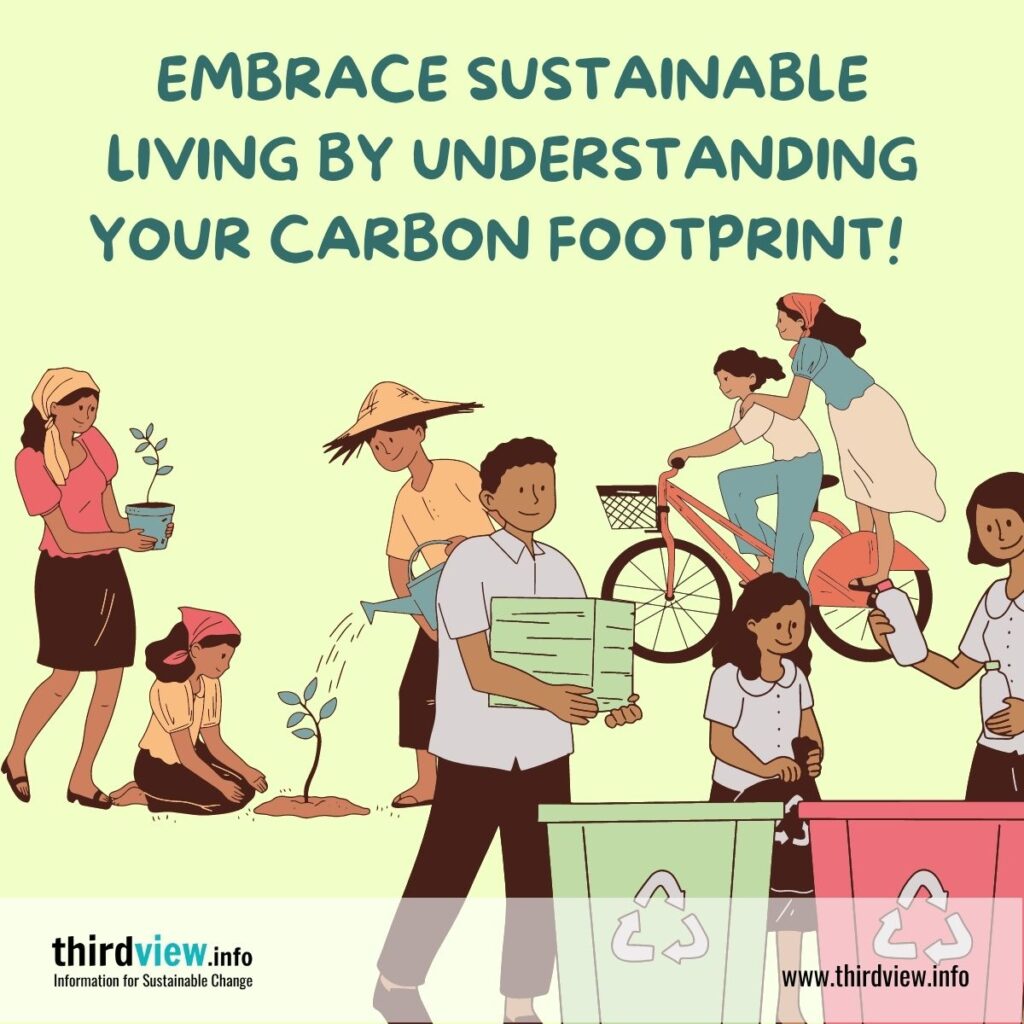Many people are looking for ways to reduce their environmental impact. One way to do this is by watching your “carbon footprint”, which is essentially a measure of how much carbon dioxide (CO2) you produce through your day-to-day activities. It can be tricky to determine exactly how much CO2 your individual lifestyle creates. To make things easier, here’s an overview of how to calculate your own carbon footprint.
Step 1: Track your energy usage
The first step in calculating your carbon footprint is tracking your energy usage. Start by writing down the amount of electricity you use each month as well as any other sources of energy you use such as natural gas and propane. This information can usually be found on your utility bills or online accounts. Next, research the average emissions per kilowatt hour (kWh) for electricity where you live and multiply that number by the total amount of kWh you used in a given month. This will give you an estimate of how much CO2 was produced from electricity alone.
Step 2: Estimate your transportation emissions
The next step is estimating the emissions from transportation sources such as cars and planes. Start by researching the fuel efficiency rating for all vehicles driven in a given year and then multiplying that by the number of miles travelled with each vehicle over that same period of time. Once you have those numbers, look up the emission rates for whatever type(s) of fuel were used during that period and multiply that by the total fuel used in gallons over that same period. This will give you an estimate for transportation emissions from cars and other motorized vehicles over a given period of time. Additionally, if applicable, include emissions from air travel as well; these can also be estimated based on distance travelled and type(s) of aircraft flown on those trips.
Step 3: Calculate other emissions sources
Finally, calculate any additional emission sources such as waste disposal or food production/consumption if applicable (e.g., if farming or raising livestock). Generally speaking, these sources should account for a small portion (< 5%) compared to energy usage and transportation sources but can still add up depending on lifestyle habits or geographic location so it’s important to include them if they apply to you personally.
Reducing your carbon footprint
Once you know how much CO2 you are responsible for emitting each year, there are several steps you can take to reduce it: switch to renewable energy sources for power; invest in an electric vehicle; buy locally grown produce; reduce meat consumption; replace old appliances with more efficient models; use public transportation; and more. Taking these steps can help lower your individual emissions significantly over time.
Calculating and reducing our individual carbon footprints is one of the most important steps we can take towards tackling climate change. By understanding our own impact on the environment, we can make better decisions about our lifestyles and behaviours that lead to fewer emissions each year. With some effort and dedication, everyone can make a difference when it comes to protecting our planet for future generations.


